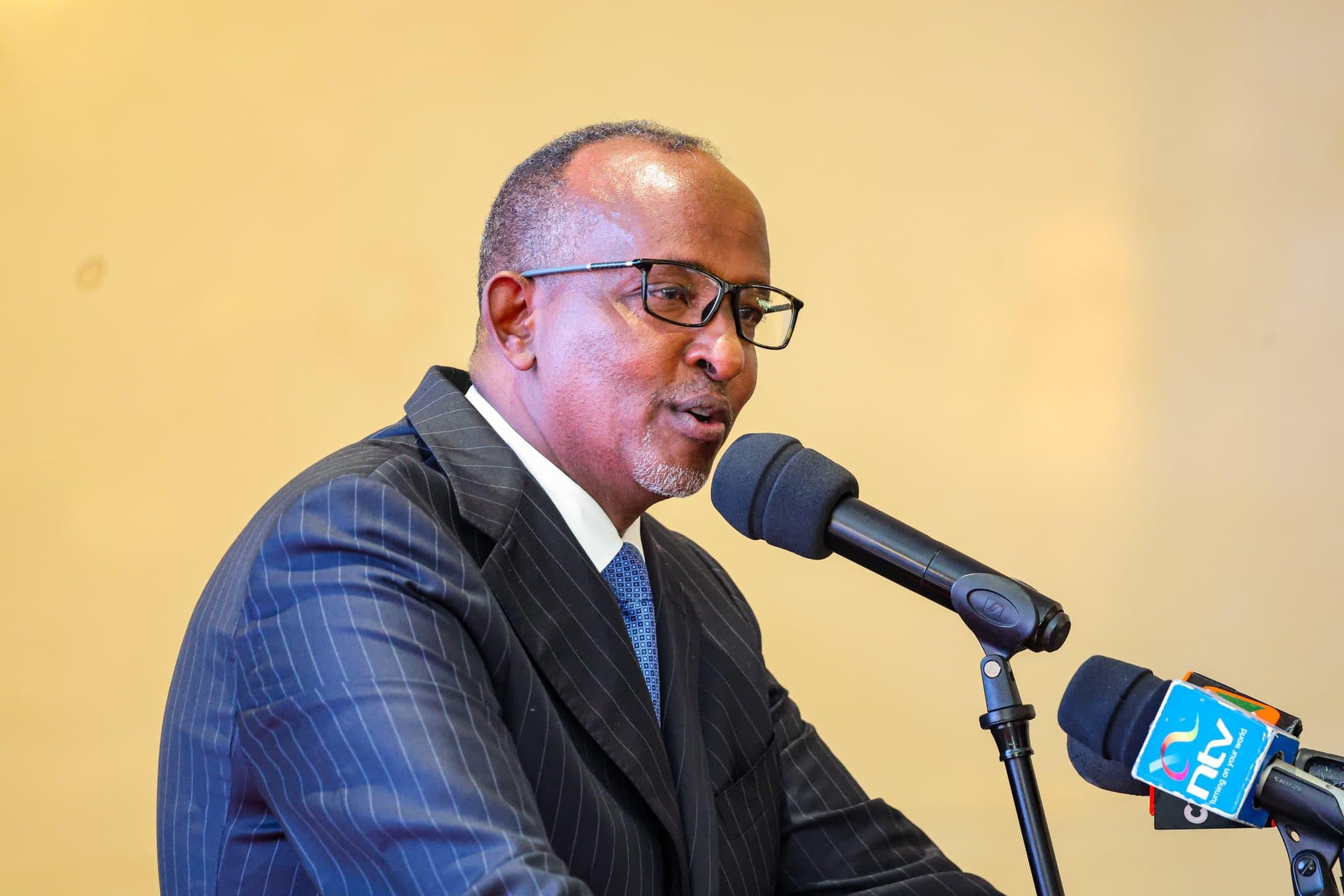Loading News Article...
We're loading the full news article for you. This includes the article content, images, author information, and related articles.
We're loading the full news article for you. This includes the article content, images, author information, and related articles.
Kenya is set to significantly advance its healthcare agenda in October and November, focusing on the expanded Linda Jamii programme and the integration of Artificial Intelligence (AI) in health services.

President William Ruto's administration is championing the Linda Jamii initiative as a more inclusive successor to the previous Linda Mama programme, aiming to provide comprehensive healthcare to Kenyan families. This comes as the nation also explores the transformative potential of Artificial Intelligence in healthcare delivery and education.
The Linda Jamii programme, introduced by President William Ruto's administration in June 2025 under the Social Health Authority (SHA) Insurance Programme, is designed to offer broader health insurance coverage to households, moving beyond the maternal-focused Linda Mama. President Ruto has defended Linda Jamii, stating it is an improvement that covers prenatal, delivery, and postnatal care, extending benefits to entire households, including the spouse and children.
The previous Linda Mama programme, launched in October 2016 under the National Health Insurance Fund (NHIF), primarily offered free maternity services to expectant mothers, covering antenatal care, delivery, postnatal care, and three months of newborn care. While credited with increasing hospital deliveries and improving maternal and child health outcomes, it faced challenges such as exclusions of some essential services like ultrasounds and family planning, and instances of out-of-pocket payments despite being a free service.
Under Linda Jamii, the reimbursement rates for maternal services have been substantially increased. Normal deliveries are now reimbursed at KSh 10,000, up from KSh 2,500, and Caesarean sections at KSh 30,000, a significant rise from KSh 5,000. The programme also includes coverage for Anti-D serum treatment for Rhesus-negative mothers and enhanced coverage for complications, including Intensive Care Unit (ICU) and High Dependency Unit (HDU) services for both mother and infant.
Kenya is actively exploring the integration of Artificial Intelligence (AI) in its healthcare and education sectors, drawing inspiration from India's blueprint for inclusive progress. AI is already transforming Kenya's healthcare, with applications in diagnostic imaging, triage tools, mobile health platforms, and maternal chatbots, particularly in low-resource settings.
The Kenyan government is in the process of finalising its national AI strategy, with a draft code of practice to regulate AI use published in April 2025 by the Bureau of Standards. This strategy aims to promote ethical, inclusive, and impactful technological advancements. AI is seen as a crucial tool to address the shortage of healthcare workers, with the potential to automate diagnostic tasks and enhance the capacity of existing staff.
The shift towards Universal Health Coverage (UHC) in Kenya has been marked by significant legislative changes. In October 2023, the President signed four legislative acts aimed at broadening public healthcare, providing financial protection, and reforming healthcare financing and administration. These acts, which became effective in November 2023, include the Primary Health Care Act, which strengthens primary healthcare as a key driver for UHC.
Furthermore, the Cabinet approved the Quality Healthcare and Patient Safety Bill, 2025, in August 2025. This bill establishes the Quality Healthcare and Patient Safety Authority, an independent regulator tasked with consolidating oversight across the entire health ecosystem, including hospitals, clinics, diagnostics, and emergency transport. The authority will enforce compliance through audits, penalties, and even facility closures for non-compliance, with penalties for gross negligence potentially reaching KSh 50 million. This move is particularly critical as more Kenyans enter the formal health system through the Social Health Authority, making the state directly accountable for outcomes.
Analysts suggest that these developments could influence near-term public debate and policy execution. Stakeholders are urging clarity on timelines, costs, and safeguards related to the implementation of Linda Jamii and AI integration. President Ruto has acknowledged the foundational role of the Linda Mama programme, stating that Linda Jamii was designed based on lessons learned from its predecessor.
While the expanded coverage of Linda Jamii and the integration of AI promise improved healthcare access and quality, challenges remain. The effective implementation of these programmes will depend on clear communication, adequate funding, and robust regulatory frameworks. Concerns about data security, ethical guidelines for AI, and equitable access to technology, particularly in rural areas, need to be addressed.
Specific timelines for the full rollout and operationalisation of all aspects of the Linda Jamii programme and the comprehensive AI strategy are yet to be fully detailed. The long-term financial sustainability of these expanded programmes and the precise mechanisms for addressing potential AI biases in healthcare also require further clarification.
Observers will be keenly watching the operational efficiency of the Social Health Authority in managing Linda Jamii, particularly regarding claims processing and timely reimbursements to healthcare facilities. The development and implementation of the national AI strategy, including ethical guidelines and infrastructure development, will also be critical. Furthermore, the impact of the Quality Healthcare and Patient Safety Authority in improving standards and accountability across the health sector will be closely monitored.
The ongoing reforms are part of Kenya's broader commitment to achieving Universal Health Coverage (UHC), a key agenda for the current administration. These efforts build upon previous initiatives while introducing new approaches to address persistent healthcare challenges.